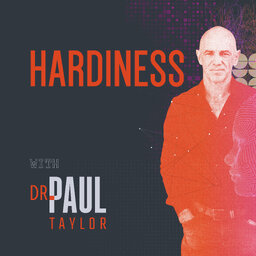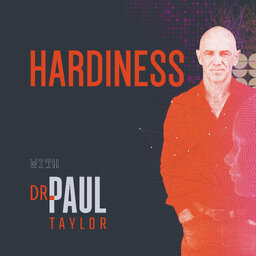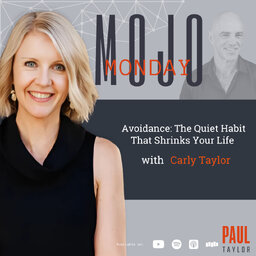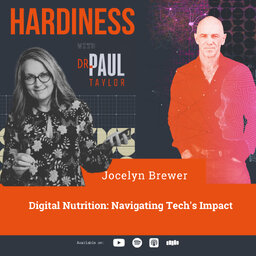Exercise and Longevity - Insights from Paul Taylor
In this keynote talk that I gave at the ACNEM Annual Conference, I (Paul Taylor) delve deep into the life-changing impact of exercise on longevity. Using a blend of research, personal insights and real-world examples, I explain why exercise is the most powerful tool we have to prevent chronic diseases, extend lifespan, and improve our overall health. I share key data showing how regular physical activity can transform your physical and mental health, while tackling misconceptions around fitness and aging.
Key Topics:
- The Hunter-Gatherer Genome: Why modern lifestyles are out of sync with what our bodies are built for.
- Exercise and Chronic Diseases: The evidence that exercise can prevent or treat 26 of the most common chronic diseases.
- The Hallmarks of Aging: How exercise counters the biological hallmarks of aging to improve longevity.
- Muscle as an Endocrine Organ: The role of myokines, released during exercise, in improving organ and brain function.
- Cardiorespiratory Fitness and Longevity: How VO2 max is one of the strongest predictors of longevity and how you can improve it.
- Strength Training for Life: The critical role of muscle strength in preventing age-related decline and supporting health.
- Exercise for Mental Health: How exercise boosts brain function, resilience, and helps in managing stress.
Memorable Quotes:
- "The human genome hasn’t changed in over 45,000 years. It expects us to be physically active for normal functioning."
- "Exercise is the best medicine for your mitochondria—it’s manna for your cells."
- "Lift heavy shit. It’s as simple as that."
Actionable Takeaways:
- Include strength training in your weekly routine to build and maintain muscle, which is key for metabolic health and longevity.
- Dedicate three hours a week to exercise: 1 hour of cardio, 1 hour of resistance training, and 1 hour of mindful movement such as yoga or dancing.
- Incorporate movement snacks throughout the day—short bursts of activity like running up stairs or quick sprints.
- Track and improve your VO2 max—aim to move up from a low fitness level to at least "above average."
- Balance steady-state cardio and high-intensity interval training (HIIT) to get the best health outcomes.
Resources Mentioned:
- Hadza Tribe Study: Research on one of the last hunter-gatherer societies and how their physical activity levels compare to modern humans.
- The Hallmarks of Aging: A seminal paper on aging biology and how exercise can mitigate these effects.
Support the Podcast:
Please subscribe, rate, and review the podcast on your preferred platform to help spread these important messages.
Share this episode with friends or family members who need extra motivation to get moving—exercise is truly the best medicine!
Connect:
www.paultaylor.biz
Paul Taylor On LinkedIn
Paul Taylor On Instagram
Paul Taylor On YouTube
 Hardiness with Dr Paul Taylor
Hardiness with Dr Paul Taylor


